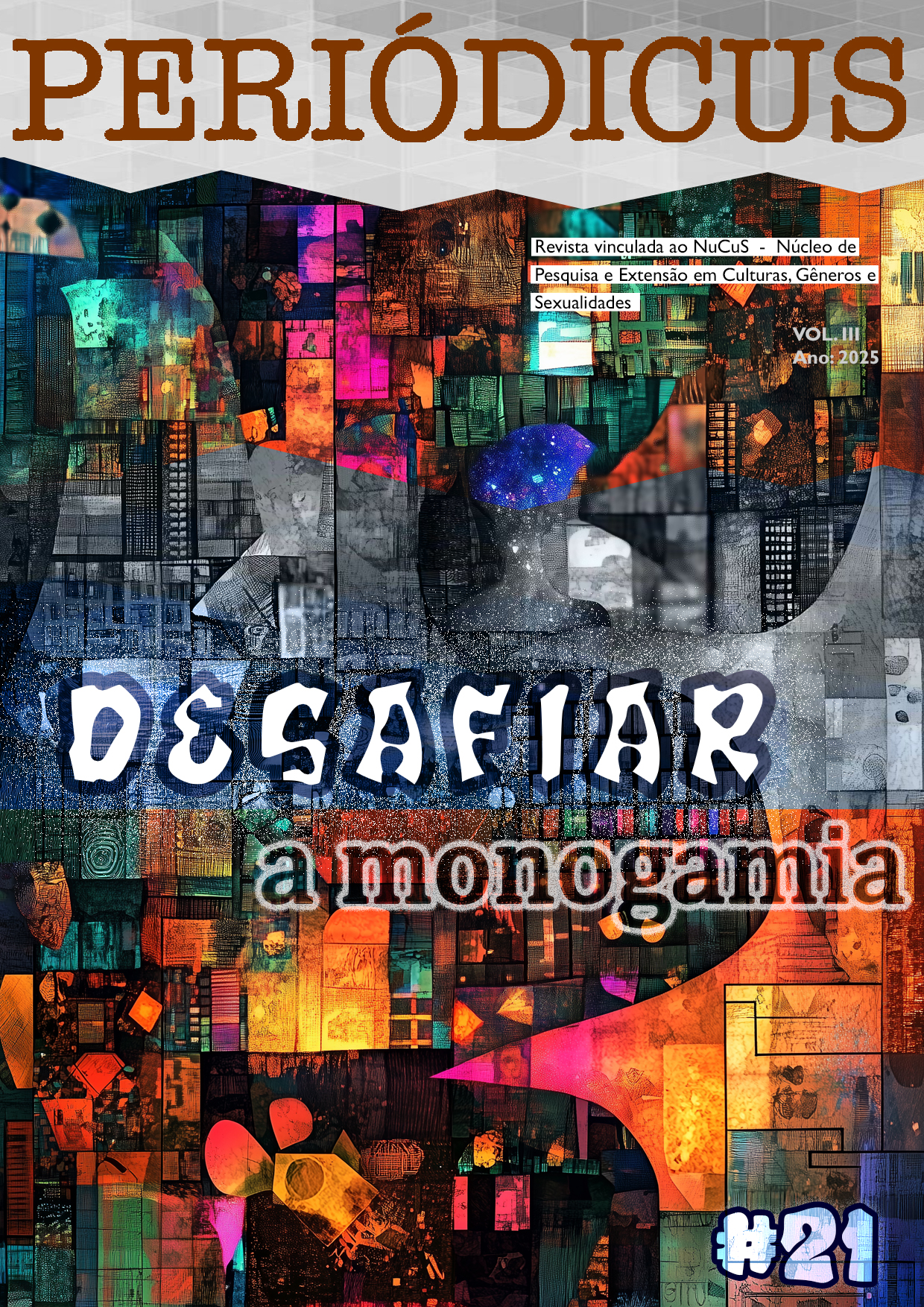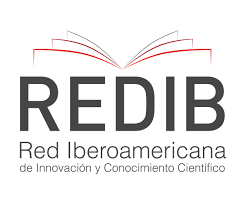Invisible violence
paths of microaggressions from ethnicity to gender
DOI:
https://doi.org/10.9771/peri.v3i21.59696Abstract
The theme of violence is in vogue with its different facets. With the popularization of studies on microaggressions, the question arises: how is this research on microaggressions created and what are their relevance? This article seeks to analyze the evolution of research on microaggression and how its theme is expanding. For this, narrative-type bibliographic research was carried out, using scientific digital libraries as sources of information such as SciELO, Google Scholar and others for articles, books and other publications on the subject. As a result, research on microaggressions is still being structured, most recently around 2010, requiring greater debate regarding the structure and limitations of the topic. Although initially used to understand symbolic violence related to ethnicity, microaggressions can also be analyzed in other themes, such as gender and sexuality, in an equally relevant way.
Downloads
Downloads
Published
How to Cite
Issue
Section
License
Copyright (c) 2025 Gabriel Ponce de Leão Lima Almeida, André Luiz Machado das Neves, Daniela dos Santos Dantas

This work is licensed under a Creative Commons Attribution-NonCommercial 4.0 International License.
Authors who publish in this journal agree to the following terms:
Authors retain copyright and grant the journal the right of first publication, with the work simultaneously licensed under a Creative Commons Attribution Noncommercial License that allows the work to be shared with acknowledgment of authorship and initial publication in this journal, but prohibits commercial use.
Authors are authorized to enter into separate additional contracts for non-exclusive distribution of the version of the work published in this journal (e.g., publishing in an institutional repository or as a book chapter), with acknowledgment of authorship and initial publication in this journal.
Authors are permitted and encouraged to publish and distribute their work online (e.g., in institutional repositories or on their personal website) at any point before or during the editorial process, as this can generate productive changes and increase the impact and citation of the published work (see The Effect of Open Access).








